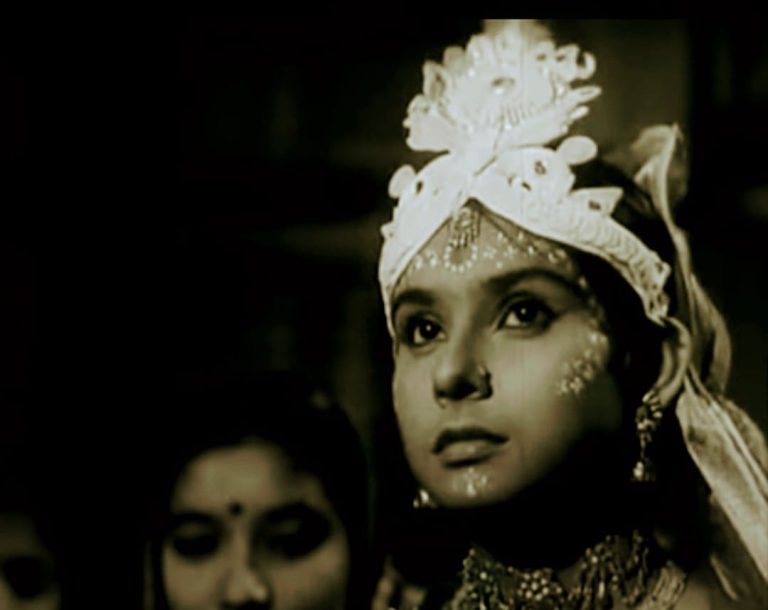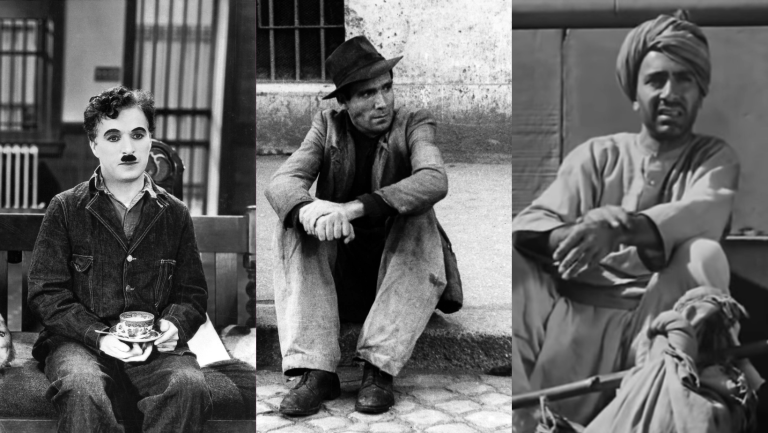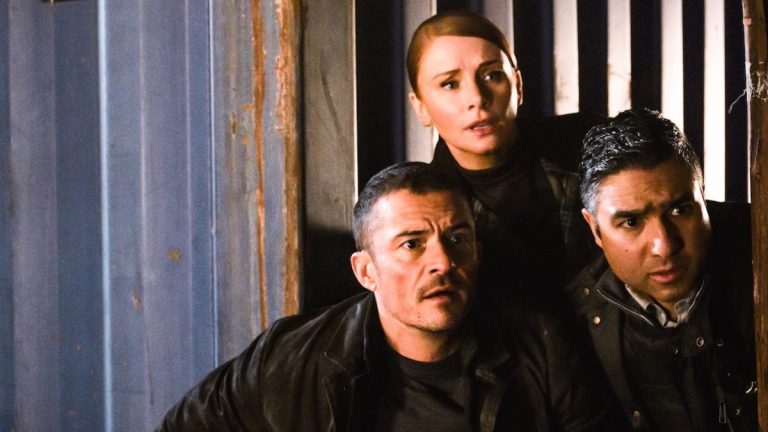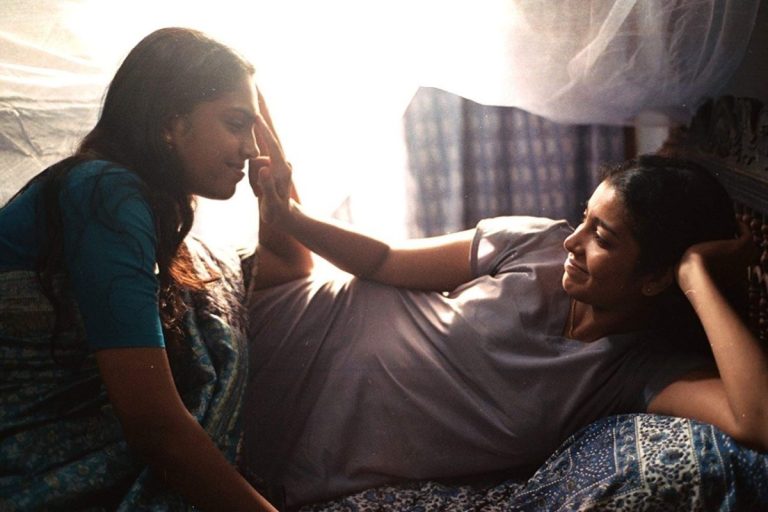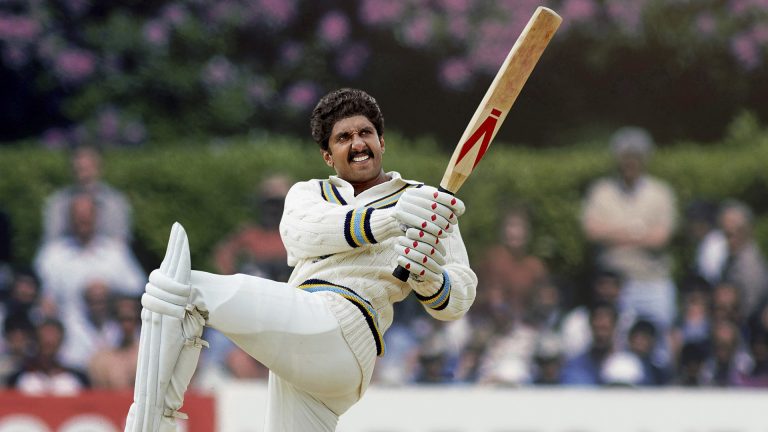“The artist’s choice in cinema is without limit; the artist’s choice in literature is circumscribed, while the reverse is true for the observer: the great thing about literature is that you can imagine; the great thing about film is that you can’t.”
The above-mentioned lines were taken from James Monaco’s essay, “The Language of Film: Sign and Syntax” in which he substantiated the major characteristics and techniques of filmmaking and adaptation. Mostly, the quality and shape of the relationships between the filmmaker, his artwork, and his audience should stem from the source and relate back to it. Heading to the theatres to watch an adaptation will be equivalent to letting someone else play with your imagination. Some film adaptations of the play “Romeo and Juliet” written by William Shakespeare took its source material blindly while others negated it. This play was always driven by action and a constant yearning to unfold the plot, which the readers were begging to visualize.
Literature provided raw materials for film adaptations to create new visual forms and thematic contents. Therefore, in order to understand the relationship between them, there are three elements that drive the audience to a particular evaluation, which are, the fidelity to the story, creative additions (music, actors, places), and the temporal media distance between reading the play and watching the same in cinema. This can be understood with the help of two adaptations in Indian Cinema, “Goliyon Ki Raasleela Ram-Leela,” (2013) directed by Sanjay Leela Bhansali, and “Ishaqzaade” (2012) directed by Habib Faisal.
Louis D. Giannetti, in his book, “Understanding Movies” elaborates on three major types of adaptations, namely the literal adaptation, faithful adaptation, and loose adaptation. The above-mentioned movies were part of faithful adaptations as the plot, character, and tone of voice tried to maintain proximity to the original text as much as possible. In “Ram Leela,” Mr. Bhansali portrays the exact setting of two feuding wealthy families where Ram (Rajadi) and Leela (Sanera) are shown instantly falling for each other like Romeo (Montague) and Juliet (Capulet) in the play. However, unlike Ram, Romeo makes his way into a Capulet party to find Rosaline, Capulet’s niece, and not Juliet. This is followed by a dance and a passionate kiss on Juliet’s or Leela’s balcony, which are presented literally along with the characters of Romeo’s friends.
Although there was no Friar Lawrence to wed them, their wish to marry does not change until Ram’s brother is killed by Leela’s brother, but more so a Sanera. Due to these sudden turns of events the lovers consciously decide to leave their towns to buy them some time in order to rectify the situation in hand. Opposingly, Shakespeare, banished his character Romeo from Verona, alone. Romeo and Juliet consummated their marriage, but Mr. Bhansali interrupts his characters in the middle of a love scene, by making Ram’s friends manipulate him out of this ambiguous affair.
The character of Count Paris was replaced by a petite archeologist who posed absolutely no threat to their union, rather making Leela’s mother the antagonist. To highlight a little drama and independence from the source play, scenes like the cutting of Leela’s finger by her mother and Ram cutting himself by the glass, were added. The most sensitive and perhaps the most crucial scene of the adaptation was the circumstance in which both our main protagonists end their lives. No sleeping potion is involved in “Ram Leela,” as they both willingly shoot each other, devastated by their personal and social situation. Their funerals are held together, making a century-old feud end with it.
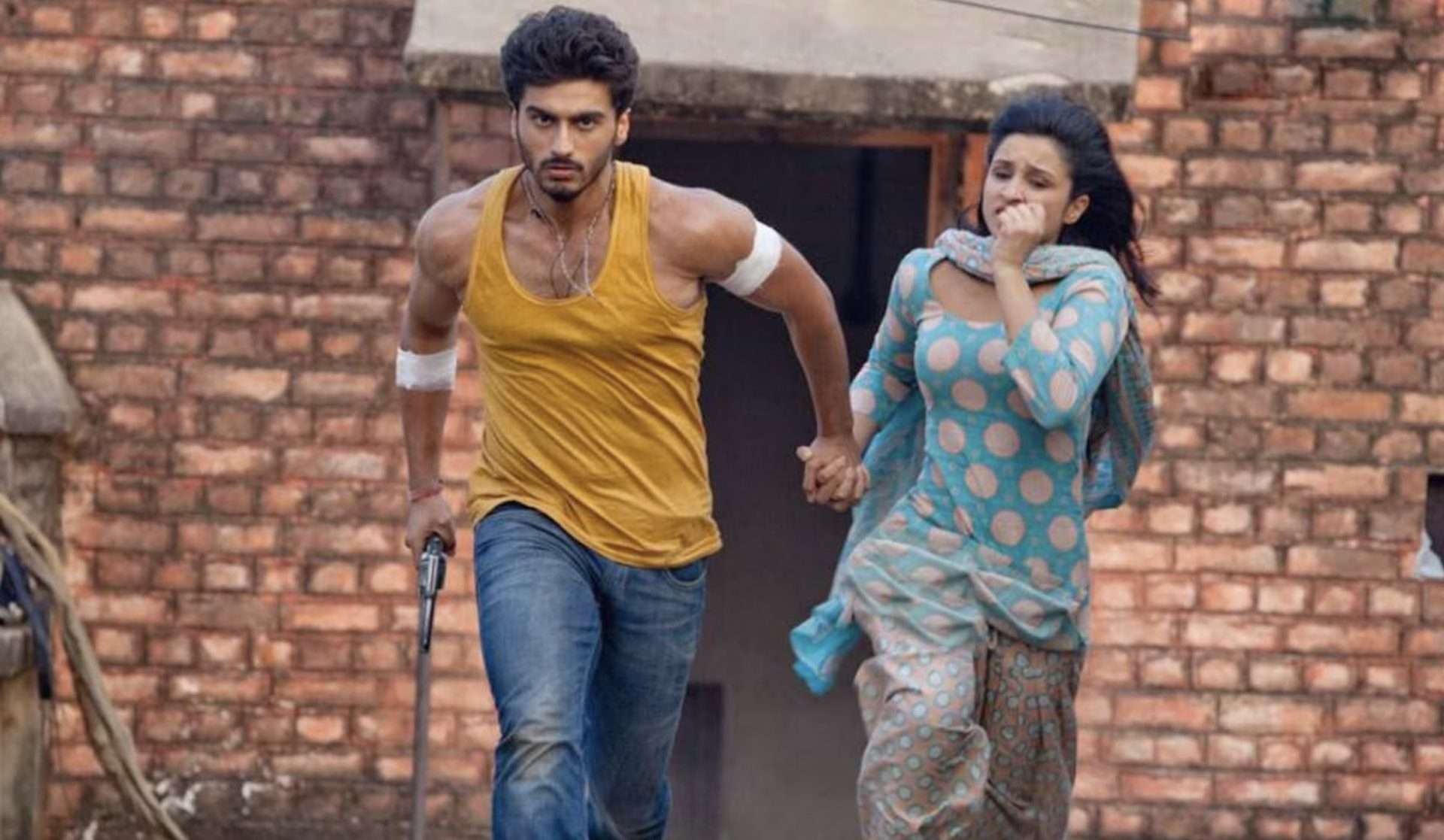
Likewise, in “Ishaqzaade,” Chauhan’s and Qureshi’s are at a religious and political war for many years. Param and Zoya, being the exact replicas of Romeo and Juliet, find themselves in another forbidden love. Where Mr. Faizal moves ridiculously away from the original play, is the scene where Param confesses his true intentions to Zoya, framing his love as a scam, in order to avenge his and his family’s honor. This negates the actual play, along with the fact that the heroine of the film is blinded by rage and wants to kill the hero himself. Due to the created drama, it is Param’s mother who is the reason that brings him close to Zoya again.
The main antagonist is the shackles of religion and their families who in turn want both of them dead. The conclusion is similar to the play, Zoya asking Parma to shoot her so that their love could win which will be a sign of their victory, rather than be riddled with bullets by their own families, and allow hatred to win. The two shoot each other in the abdomen willingly and die in each other’s arms, smiling.
According to Brian Attebery, adaptations go wrong only when a director tries too hard to be faithful and doesn’t exploit the potential of the new medium, but they could go even more badly when an adapter does not love the source. Signaling to the fact that an indirect change will be inevitable. The concept is clear that when a person reads a page, they are engaging in the process of inventing it simultaneously, unlike the reader of the film, however, both readers must work to interpret the signs in order to complete the process of intellection. When it comes to classics the audience demands more fidelity, unlike fantasy for example “The Lord of The Rings” or “Harry Potter” where the imagination can take all types of forms, making differences in interpretation obvious.
Rachel Malchow, in “RE-Evaluating Fidelity: Film Adaptation in the Language Arts Classroom,” elaborates on her theory of Shakespearean plays which were mostly presented in a displaced setting. Here, the film retains the original language and flow of the film, but makes changes in settings, like the manipulation of Param to Zoya. Acculturated adaptations present oral, pectoral and aural parallels between the culture represented in the original text as compared to the culture displaced in the adapted text. The difference in the Cinematic Institution automatically brings forth the difference in the culture presented.
Politicized adaptations present a general fidelity but with a political statement in the end, which is witnessed in both films that end with an onscreen message that how thousands of lovers are killed every year only because of falling in love outside their caste or religion. The radical homage makes use of innovative and unusual adaptations of the original text, like the plot twisting done by Param, their families wanting them both dead due to the family honor, and Leela’s mother being plotted against by a member of her own family.
All these changes were by no means, according to Linda Hutcheon, considered parasitic because the film clearly has all the resources that a stage never has. The power of close-ups, lighting, background music, focus, expressions, editing, voiceovers, and color makes a film much more enjoyable and easier to understand. Some scholars are of a different understanding and believe that Shakespeare’s way of thinking is not harmonized with the Indian ways of thinking, which serves as the main reason for the film being altered every time. One of the main reasons, was because of the ‘post-colonial confidence’ in order to play around and deconstruct Shakespeare for our own needs.
Completely dismantling the idea, as the focus will be on reducing it into local concerns rather than retaining its essence, examples being “Omkara” and “Maqbool” where they transform Scotland into Mumbai. These repeated parodies and imitations have reduced the revered perception of Shakespeare to an absorbed figure into the cultural imagination of the nation and being presented in tangentially identifiable forms.


